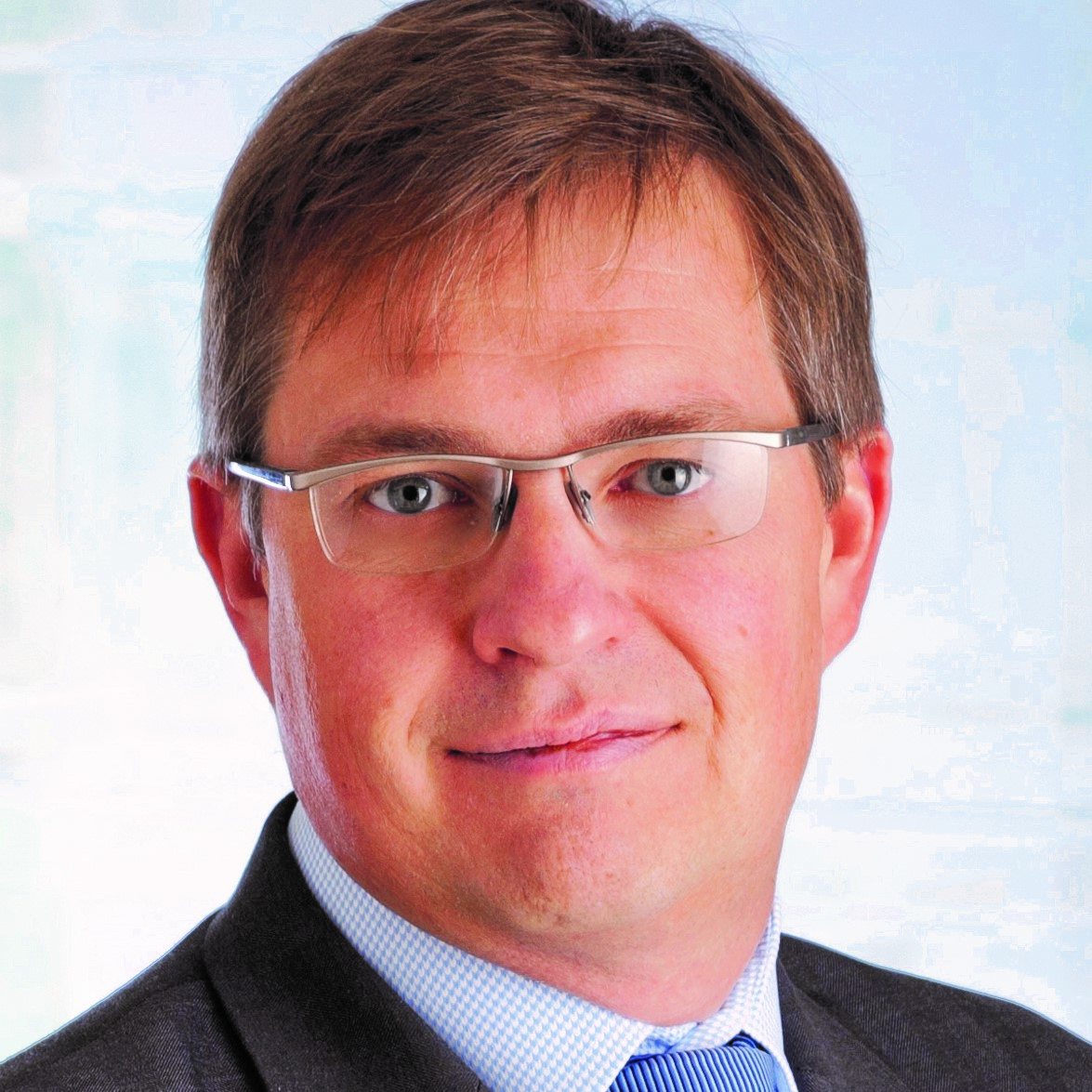
In the latest in our regular series, Portfolio Adviser hears from Nordea Asset Management’s global head of distribution Christophe Girondel (pictured right)
Which particular asset classes and strategies do you anticipate your intermediary clients focusing on in 2023?
Building a solid portfolio foundation is crucial for investors if they are to survive the current ‘perfect storm’. At Nordea Asset Management, we focus on providing solutions that are well positioned to tackle the three main challenges: high inflation, rising interest rates and the upcoming economic slowdown.
In the current environment, it is clear fixed income markets offer opportunities, even if investors are cautious. Here, we see investor interest in our covered bond strategies. When it comes to the equity market, even if valuations are attractive in some regions, our intermediary clients are very defensive and we expect the situation to continue over the coming months. As a result, we are seeing interest in our stable equities strategy.
Should end-investors – and, by association, asset managers – be thinking beyond equity and bond investments? Towards what?
We are firm believers in liquid alternative strategies, which have a key role to play in the difficult and uncertain current environment. Investors should definitely add some decorrelating strategies to their traditional equity and fixed income allocations.
As an illustration, by shifting a 10% allocation in a classic balanced equity and fixed income solution – be it 70/30, 50/50 or 30/70 – out of bonds and into our Nordea 1 – Alpha 10 Multi Asset Fund, which has a bond-like risk profile, it is possible to significantly improve the risk/return profile of the overall portfolio. In the fixed income space, European covered bonds are a lesser-known but attractive option.
“Private markets have an important role to play in portfolios but investors need first to accept and understand the associated illiquidity.”
To what extent do private assets and markets fit into your thinking? What are the pros and cons for investors?
Institutional investors have long been exposed to private assets but, more recently, we have seen a growing appetite for private assets from the wealth management segment. The allocation is, however, not very well-structured. We see investors accessing single funds from well-known brand names to gain exposure, without any portfolio construction.
Without a doubt, private markets have an important role to play in a client portfolio, but investors need first to accept and understand the associated illiquidity. Second, they need to build a proper portfolio, combining different private equity and private debt funds. To this effect, we have built very successful solutions for our internal channel, offering a structured approach to private markets that we are now proposing to intermediaries.
How much of your distribution is currently oriented towards ESG issues and sustainable investing? How do you see the responsible side of investing evolving?
Given our origins, responsible investment has been a key topic for us for more than 30 years. We have seen the world of responsible investment transform over the past three decades, with a pivotal moment in the late 2000s when we created our award-winning Responsible Investments team – which is now one of the largest dedicated RI teams in the industry. Recently, we have seen an acceleration of the trend, with the introduction of European regulations and the importance of the climate crisis becoming more central. The business has developed robust ESG processes, including embedding our RI analysts into our investment organisation.
Today, funds classified under the SFDR as Articles 8 and 9 represent about two-thirds of our AUM. We have seen the appetite for ESG growing strongly in Europe, with a little slower pace outside of the Nordics in 2022. Since the introduction of MiFID, however, intermediaries are now building structural offerings for clients.
We strongly believe it is important to go beyond the traditional built-in ESG scoring system and engage with companies, which is why we have dedicated more resources to this process. Over time, this will distinguish the leaders in ESG and make a difference in our relationship with clients.
Our efforts also translate into a number of dedicated sustainable solutions addressing both climate and social challenges, while our flagship ESG STARS strategies take a broader, but active, ESG approach to investment across different asset classes and regions. We apply a robust set of more standardised ESG overlays to the majority of our funds.
“Over the years, our largest success has come by laying the groundwork during times of adversity, where in-person touchpoints are key.”
How are you now balancing face-to-face and virtual distribution? Have you identified aspects where one is especially better (or worse) than the other?
Virtual meetings have a place in client interactions when it comes to updating them on strategies. I am, however, a strong believer in face-to-face interactions – not only externally, but internally – as this is how we build and maintain our culture both inside and out.
Over the years, I have learnt our largest success has come by laying the groundwork during times of adversity, where in-person touchpoints are key. This is because we have showed a continued commitment to our clients, providing strong support in the storm, and proposing solutions to meet challenging macroeconomic environments. This time is no different and so, as an organisation, we are working to intensify the quantity and quality of our in-person client meetings.
What aspects of your lockdown routine – personal or professional – have you continued as people migrate back to office-working?
Staying in touch with our clients was a top priority for us throughout the pandemic and remains so today – for example, to maintain a constant connection with our clients, we utilised technology to the fullest. Our team created ‘Stay Alert’, a microsite with the aim to offer timely, first-hand information relevant to our professional investors during the Covid-19 period (and now the high inflation scenario). This included macro updates, information sessions with our fund managers and investment options for specific market conditions.
We adapted the concept when we returned to a more normal interactions and developed a series of monthly online expert interviews under the ‘NAM Talks’ moniker. Due to their enduring popularity, these continue to be broadcast on a regular basis.
“We have invested a lot in ESG and will continue to do so to remain at the forefront of RI.”
In what ways do you see the asset management sector evolving over the next few years?
The asset management industry is experiencing an investment paradigm shift, as government bonds yields on both sides of the Atlantic have reached levels not seen since before the 2008/09 global financial crisis. Clients preferring lower risk are returning to more traditional ways of allocating their money – such as cash, government bonds and/or structured products.
In the midst of uncertainty – like geopolitics, climate change and market volatility – we seek to offer solutions that respond to current challenges. Our liquid alternative solutions propose decorrelation, for example, while our climate strategies help to navigate the paradigm shift taking place in the energy sector.
We also believe responsible investment will continue to move centre-stage in a client portfolio. It is a fundamental trend, and we expect strong growth for the years to come, particularly as regulations are clarified. We have invested a lot in ESG and will continue to do so to remain at the forefront of RI.










